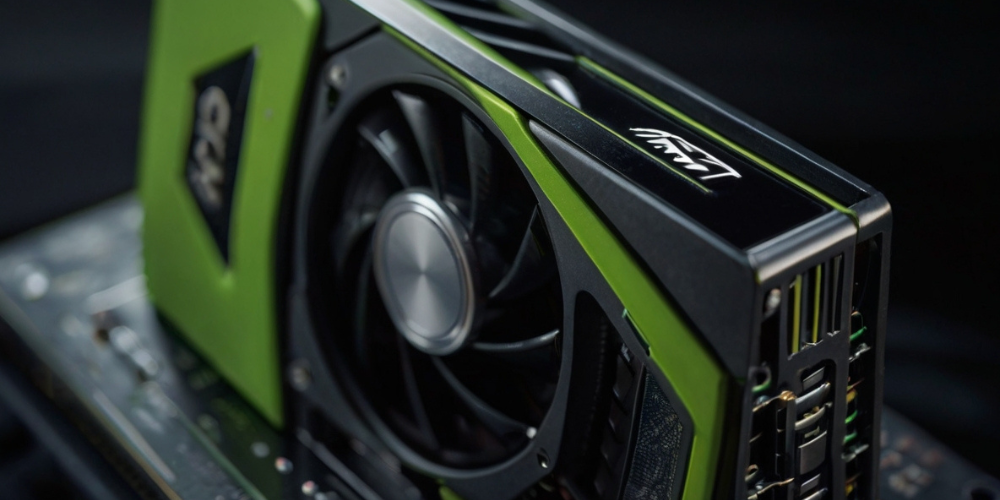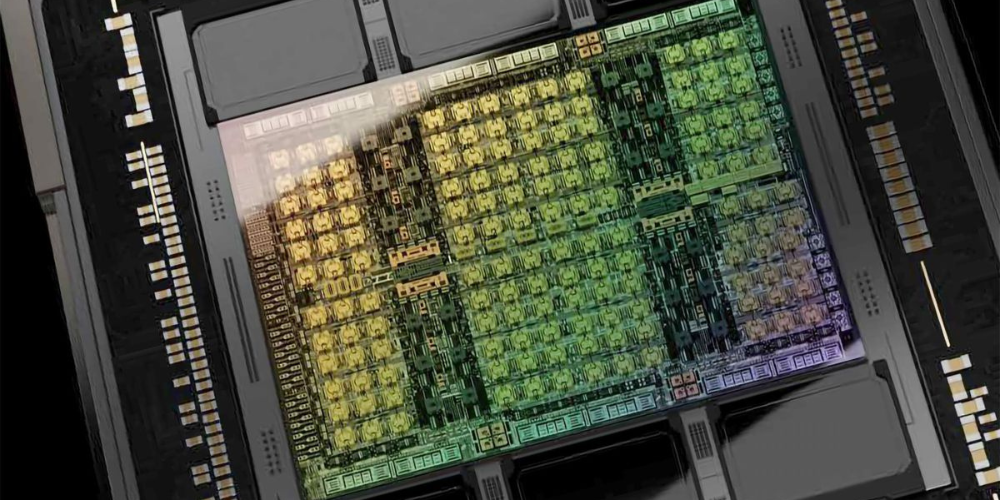Navigating Uncertainty: Super Micro's Insights on NVIDIA's Blackwell GPU Delays and Market Dynamics
Aug-11-2024

In the rapidly advancing realm of artificial intelligence, the introduction of innovative technology can profoundly influence various industries, especially in areas related to physical components and data storage facilities. The recent launch of NVIDIA's Blackwell AI GPUs has been among the most eagerly awaited events in the tech sector.These state-of-the-art graphics processing units promise to enhance AI capabilities across a wide range of applications. However, recent discussions have raised concerns about potential delays in their release. In the midst of these speculations, the CEO of Super Micro, a key player in data center solutions, shed light on the implications such delays may have on the industry during the company's recent earnings call. This discussion is significant for stakeholders who are tracking the trajectory of developments in AI infrastructure.
Chapter 1: The Context of Blackwell GPUs
NVIDIA’s Blackwell GPUs represent the next generation of AI processing technology, designed to meet the growing demand for powerful computing resources in various sectors, including cloud computing, healthcare, automotive, and more. Given the unpredictable nature of tech rollouts, any delay in the release of Blackwell GPUs may ripple across companies reliant on these innovations. The anticipation surrounding these chips reflects their potential to transform data processing capabilities, making any announcement regarding their availability a topic of critical interest to investors and analysts alike.
Chapter 2: Insights from Super Micro's Earnings Call
During Super Micro’s Q4 2024 earnings call, CEO Charles Liang addressed the uncertainty surrounding the Blackwell GPU release. As analysts tuned in, keen to understand how this potential delay might affect Super Micro’s operations, Liang was quick to set the tone and provide reassurance. He characterized delays in technology rollouts as a “normal possibility,” echoing a sentiment familiar to those in the tech industry. Liang’s experience emphasized that while delays can happen, they are not necessarily a cause for alarm. He noted that the unpredictability of product availability has always been a factor in the tech sector, and that Super Micro has prepared for such situations.
Chapter 3: Customer Readiness Amidst Market Fluctuations
Liang reiterated that, despite hearing about NVIDIA's possible delays, Super Micro is equipped to continue serving its customers with alternative products, like the H200 cooling solution. He mentioned that his firm has established a solid customer base and is focused on delivering innovative solutions regardless of the timing of Blackwell’s debut. Liang's declaration that the impacts of these delays would be minimal on Super Micro's operations is critical for investors to digest, as it indicates a level of resilience and adaptability within the organization.
Chapter 4: Analyst Expectations and Financial Projections
As discussions progressed, analysts sought clarity on the implications of these rumored delays. Wells Fargo analyst Aaron Rakers was particularly forthright, interrogating Liang on the potential shipping of Blackwell platform solutions and how it might affect Super Micro’s revenue forecasts. With Super Micro’s fiscal year concluding in June, Liang confirmed the projection range for FY2025 to be between $26 billion and $30 billion. He acknowledged the challenges posed by the delay but maintained a conservative outlook. Commenting on the potential revenue impacts, Liang clarified that significant volumes for Blackwell would not materialize until at least the following March quarter.

Chapter 5: Broader Market Implications
Meanwhile, financial institutions like Citi addressed the broader picture regarding NVIDIA's anticipated revenue. They assured their investors that although the release timeline for Blackwell may change, the overall effect on NVIDIA’s finances would signify a delay rather than a significant downturn. Specifically, revenue anticipated in early 2025 could be pushed into the latter part of the fiscal year, but the company’s underlying performance metrics were expected to remain stable.
Chapter 6: NVIDIA’s Standpoint
Despite the swirling rumors regarding the potential delay of the Blackwell GPUs, NVIDIA has opted not to comment extensively on the matter. Remarkably, a company spokesperson conveyed a message to industry watchers, stating that demand for their existing Hopper series is robust, and they are on track with their production timelines for Blackwell. By emphasizing their continued commitment to innovation and production, NVIDIA aims to instill confidence among investors and partners alike.
Chapter 7: Conclusion
As the technology sector continues to grapple with supply chain challenges and rapid innovation, understanding the dynamics of product launches like NVIDIA’s Blackwell GPUs becomes critical. Super Micro's proactive approach in addressing potential delays provides a valuable case study in resilience and adaptability within the industry. By maintaining a steady focus on customer needs and delivering innovative solutions despite uncertainties, Super Micro's leadership exemplifies a pragmatic response to an ever-evolving landscape. As we await further developments, the insights shared during the earnings call will likely play a key role in shaping perceptions and strategies within the tech ecosystem for the foreseeable future.







